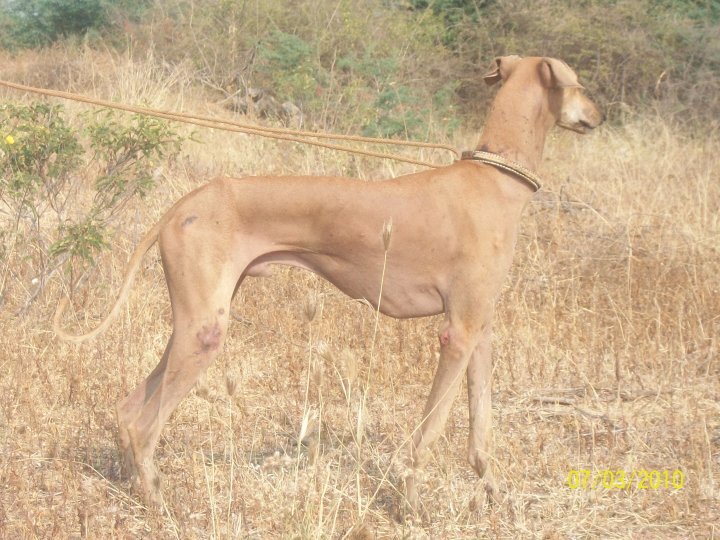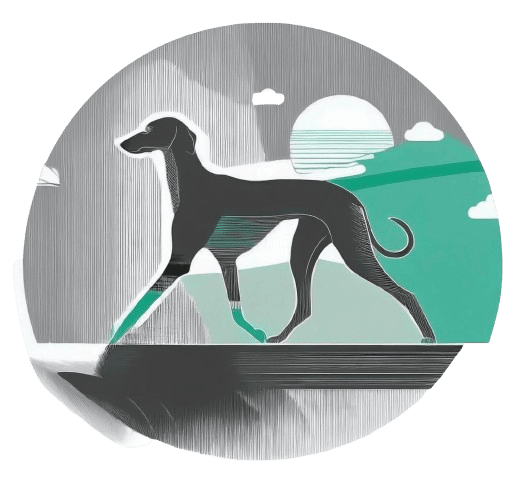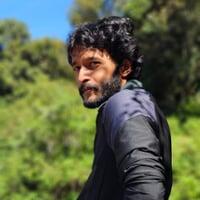
When we think of speed in dogs, Greyhounds, Whippets, and Borzois often come to mind. But India’s native sighthounds — the regal Chippiparai and the agile Kanni — have earned their place as some of the fastest hunters in rural South India, prized for their ability to chase down hare and other small game across sunbaked plains. But what exactly does a fast dog look like?
Built for the Chase
Like their global cousins, the Chippiparai and Kanni have the classic sighthound shape: a slender, deep-chested frame with long legs, narrow waist, and a tucked-up belly. These traits help reduce drag and allow for the double-suspension gallop — a flying gait that lets them reach their prey with explosive acceleration.
Research on Borzoi has highlighted three key features most strongly linked to speed:
A long loin — A longer loin provides extra flexibility and reach during each stride.
In Borzoi, longer loins correlate with faster speeds, and the same is true for Chippiparai and Kanni,
who show a flexible back that extends fully in full flight.
Tight, elastic skin — Less loose skin means less drag and less wasted motion.
Tighter skin helps tendons and ligaments store and release energy more efficiently, like a coiled spring.
High ear set — Surprisingly, high-set ears can hint at tighter skin and overall structural firmness —
all contributing to smoother, faster motion.
Small Details, Big Speed
Other subtle factors matter too. A long, gently sloping croup (the area from the hip to the base of the tail) lets the hind legs extend fully behind the dog for maximum push-off. A well-tucked belly means the underline rises sharply, giving the back legs room to reach forward under the body.
Proportions matter as well: a deep but narrow chest helps the dog breathe efficiently while staying aerodynamic. Rear symmetry — how the hips and hind legs align — ensures a powerful, straight push with each stride.
What Sets The Chippiparai and Kanni Apart?
Chippiparai and Kanni have evolved to suit the hot, open landscapes of Tamil Nadu. They’re lighter than many Western sighthounds, with fine bone structure and minimal excess bulk — ideal for covering long distances in harsh heat. Their loins are long and strong, their skin is taut, and their backs are flexible yet firm, enabling those iconic leaps that blur across dusty fields.
Their lean build means they don’t just rely on raw speed but also stamina. Unlike heavier sighthounds bred for short track races, these Indian hunters can maintain a high pace over longer distances.
More Than Just Looks
While conformation gives clues, speed isn’t just about anatomy. Drive, training, and terrain also play major roles. But what studies like the Borzoi research show is that the details breeders often prize — tight skin, high ear set, a deep tuck — aren’t just about ring-side beauty. They’re tools honed by centuries of chasing fleet-footed prey.
So the next time you see a Chippiparai or Kanni stretched out in full gallop, remember: speed is written into every line of their elegant silhouette — right down to their ears.

